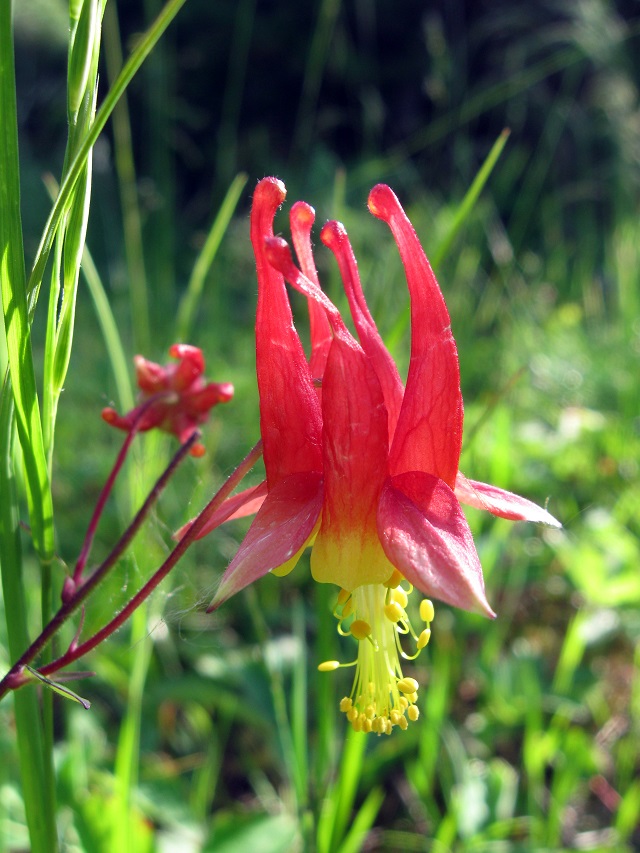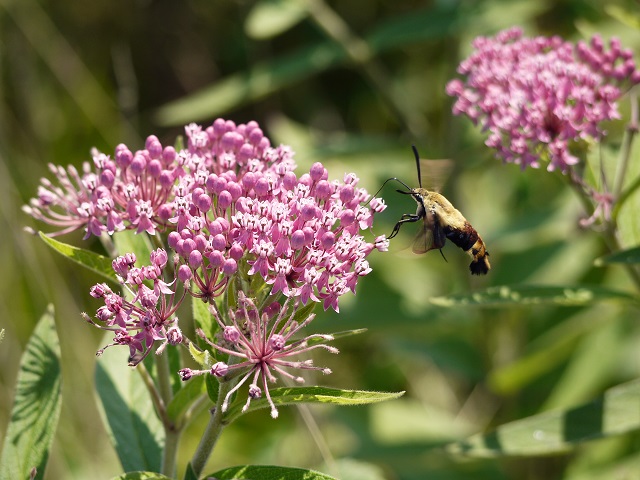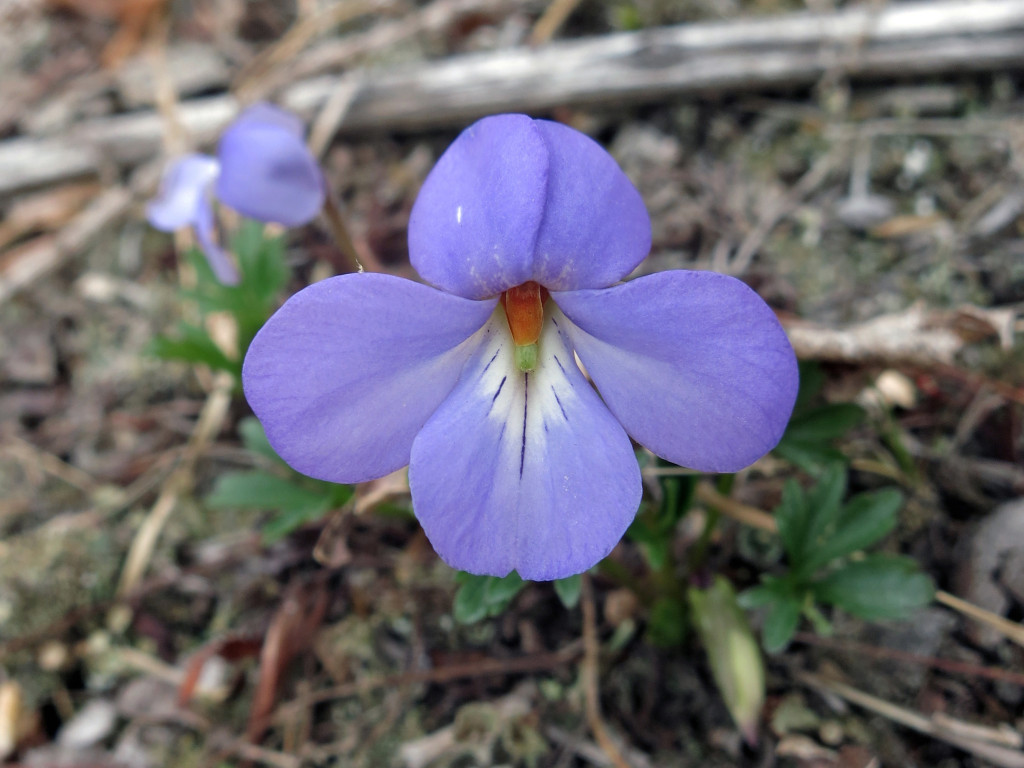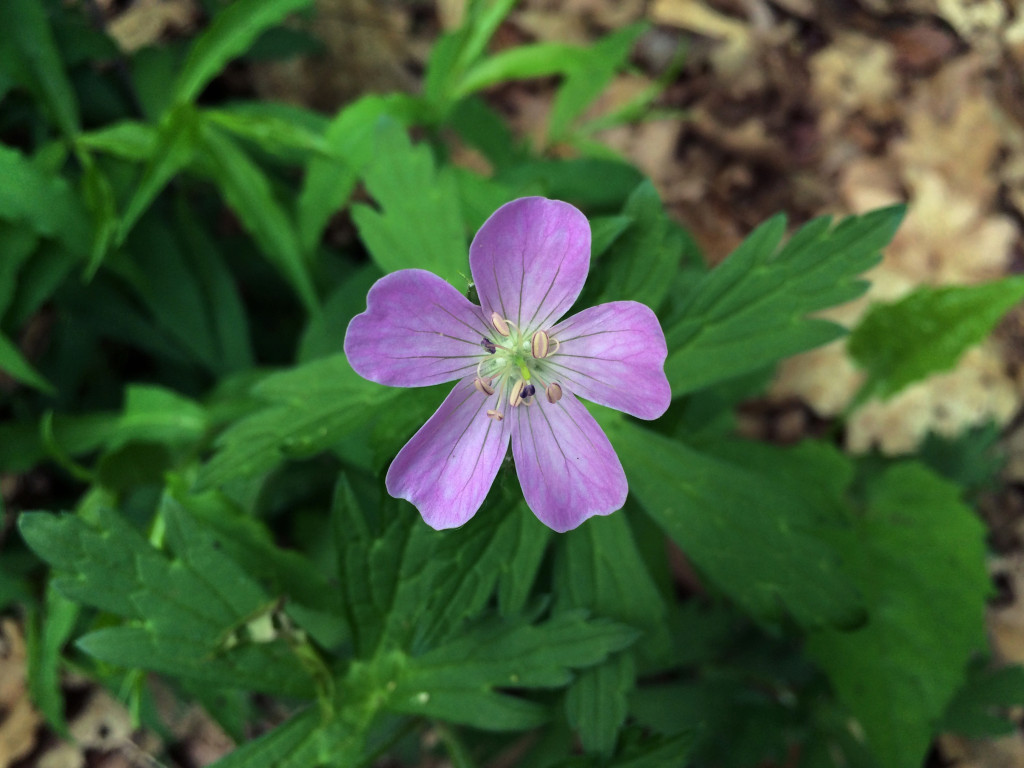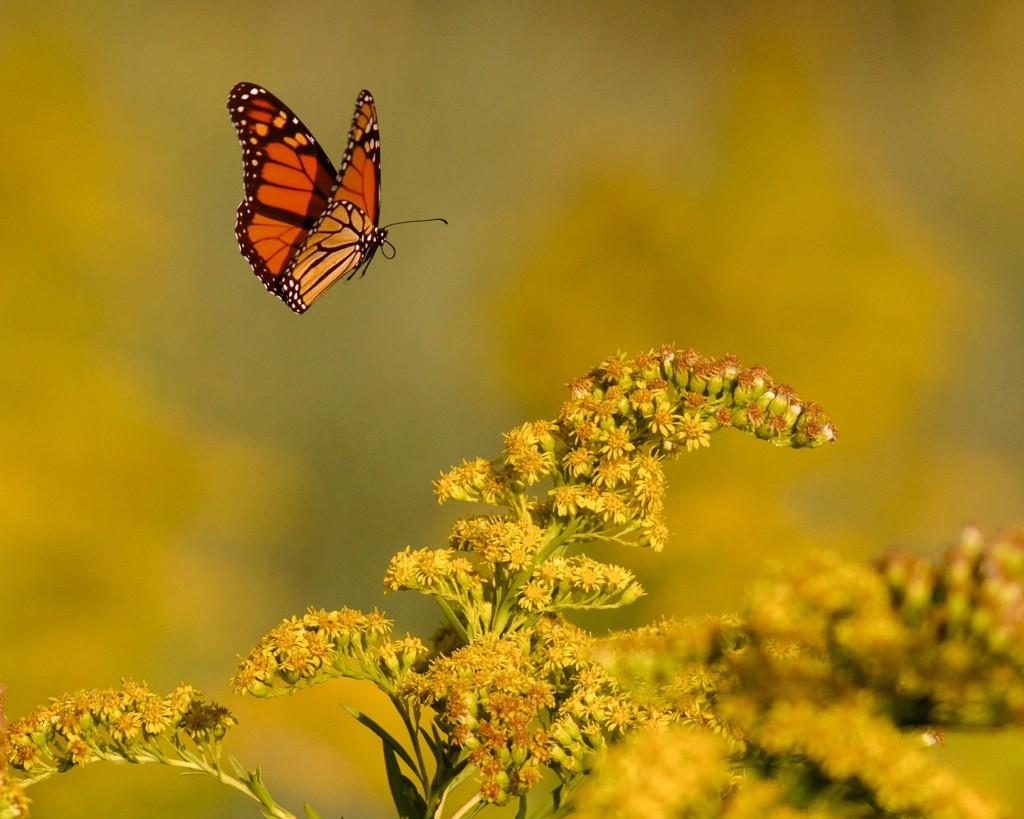On quick glance, it may seem that your garden beds are thriving: the plants are lush, green, and plentiful. But take a closer look and you may discover that your yard has been overtaken with non-native invasive species.
Invasive plants are one of the greatest threats to the nature of Massachusetts because they out-compete, displace, or kill native species. These non-native species thrive and proliferate here.
While many were introduced innocently years ago, it’s our job to help eradicate them. The first step: knowing what to look for. Here are four common backyard invasives..
Common Backyard Invasive Plants
Black Swallow-wort Cynanchum louiseae
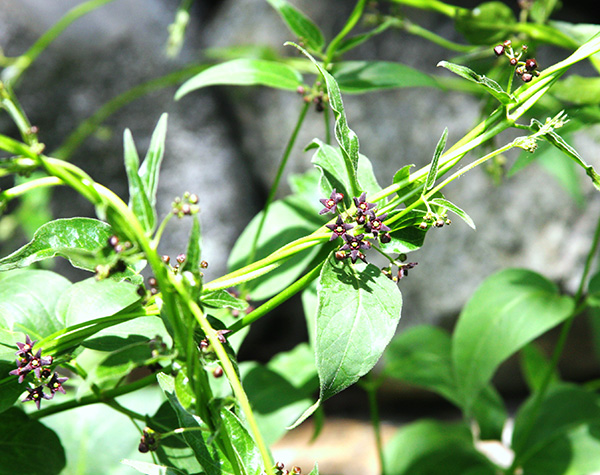
A perennial twining vine, black swallow-wort has opposite, deep-green, glossy leaves and small deep mahogany flowers. It’s an aggressive grower, spreading by seed.
Not only is it a threat to native plants, black swallow-wort also causes trouble for the monarch butterfly. Monarchs can only safely lay eggs on milkweed. Black swallow-wort is in the same family, but is toxic to monarchs. If a monarch lays her egg on a black swallow-wort leaf, the forthcoming caterpillar will die.
Garlic Mustard Alliaria petiolata
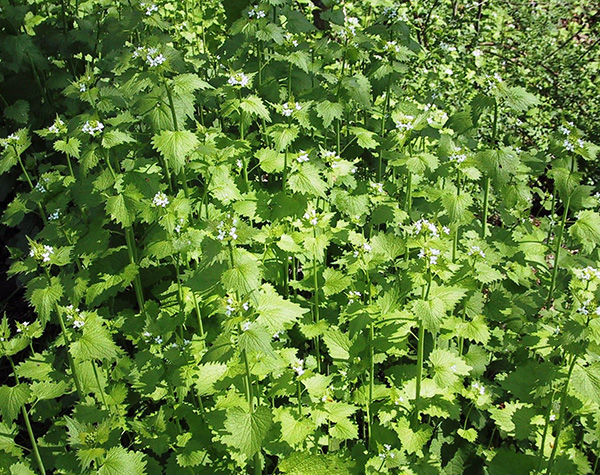
Brought over by the settlers in the 1800s, this aggressive biennial is taking over yards and forest floors. Its most distinct features are its green heart-shaped leaves with deep veins and tiny four-petaled white flowers. Note that the flowers don’t appear during the plant’s first year. You can also employ the smell test: when crushed it gives off a garlicky smell.
The dainty white flower can produce thousands of seeds that cover large areas in just one season. Even after you remove the plant from your yard, its seeds can hang out in the soil for five years or more. Also aiding the spread of this aggressive and sticky species: cars, stormwater runoff, and even people’s sneakers!
And, like black swallow-wort, it can be toxic to some insects. Some types of butterfly eggs laid on its leaves will fail to hatch.
Japanese Barberry Berberis thunbergii
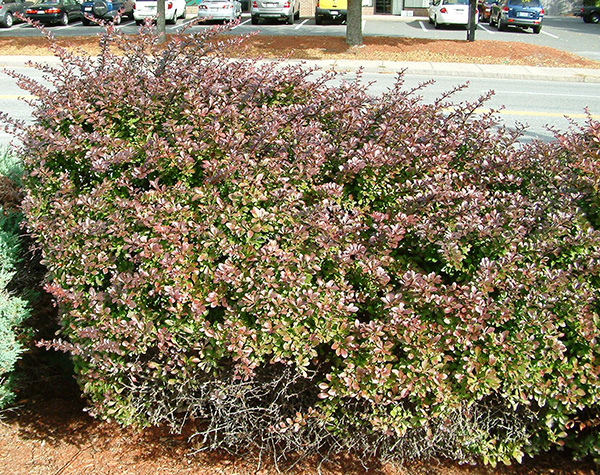
This small thorny shrub is most identifiable by downward-facing clusters of yellow flowers that turn into red oval-shaped berries by late July. Birds eat the berries and distribute the seeds throughout the woodlands. An aggressive grower, Japanese barberry outperforms native plants, taking over areas. There are both purple leaf (as shown) and green leaf cultivars.
Bishop’s Weed Aegopodium podagraria
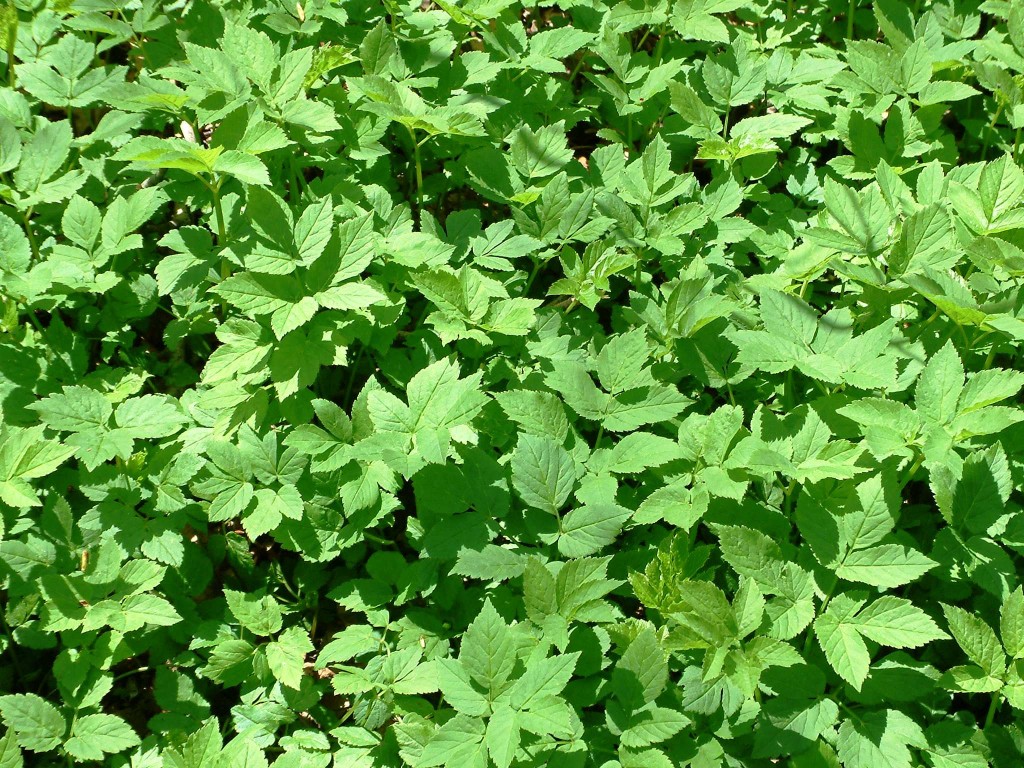
Bishop’s weed, also known as Goutweed, is a creeping perennial in the carrot family. It was once used as a ground cover. The leaves are sometimes variegated, green and white, sometimes solid green, and they have many lobes or parts. The flowers are white and lacy like Queen Ann’s Lace, parsley, or carrots when they go to seed.
Getting Rid of Invasives
The first line of action is to stop them from going to seed. If they have already flowered, cut the flowers off. If you can, pull them up or dig them up.
Never put the flowers or plants in the compost. Instead, bag up the offending invasive plants and place them in the trash.
Learn more about these invasives and more in our Online Invasive Plant Guide.


